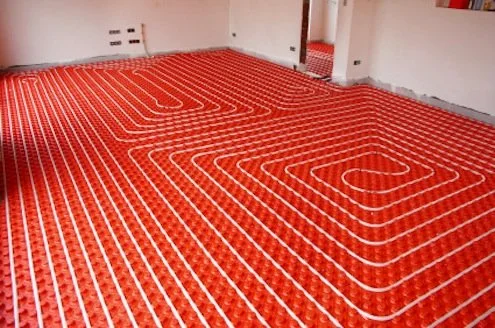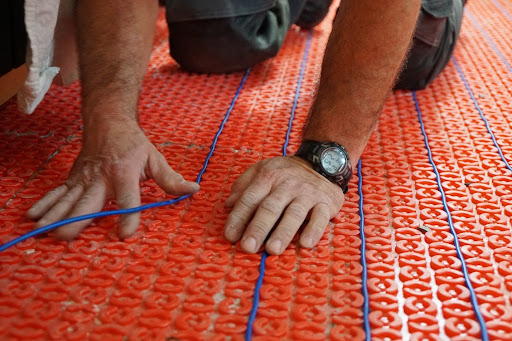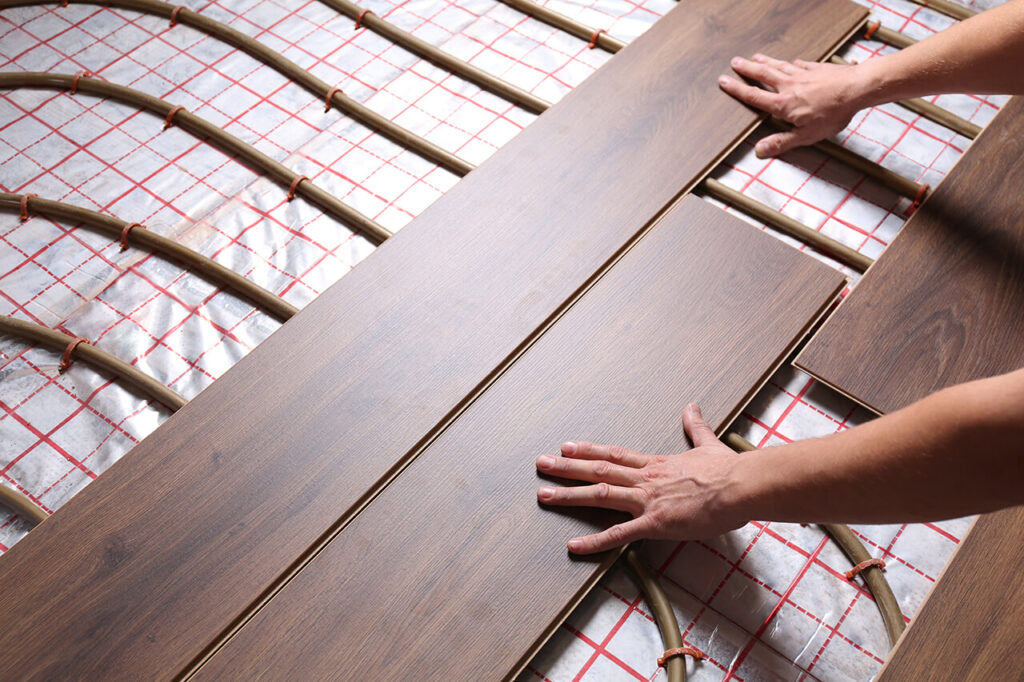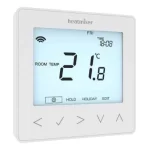
Do Radiant Heated Floors Use a Lot of Electricity?
In modern home comfort, radiant heated floors have emerged as a luxurious and energy-efficient solution, captivating homeowners with the promise of toasty warmth beneath their feet. Yet, amidst the allure of cozy interiors, a lingering question persists: do these radiant systems consume substantial electricity? As we delve into the heart of this query, we embark on a journey to demystify the intricate workings of radiant heated floors and dispel the myths that shroud their energy consumption. Join us as we explore the science behind this innovative heating technology, separating fact from fiction and unveiling the truth about whether radiant heated floors genuinely use a lot of electricity.
How Radiant Heated Floors Work: Harnessing Electricity for Cozy Comfort

At the core of every electric radiant heated floor system lies a sophisticated interplay of technology and physics designed to transform your living spaces into warm, inviting sanctuaries. Unlike traditional forced-air systems that rely on convection to circulate heated air, radiant heated floors employ a method that is both efficient and luxurious.
Electric radiant floor heating systems operate through electric cables or heating mats installed beneath the flooring surface. These heating elements, often made from materials with high electrical conductivity, like metal alloys, are strategically positioned to cover the entire floor area. When activated, they generate a gentle, consistent warmth that rises upward, enveloping the room in a comfortable heat blanket.
The magic happens when electricity courses through these elements, generating heat by resistance. As the electric current encounters resistance in the conductive material, it produces warmth, warming the floor above it. This heat then naturally radiates upward, warming objects and people in its path without the need for noisy fans or ductwork.
Crucially, electric radiant heated floors operate on the principle of zoned heating. Different areas of your home can be heated independently, allowing for precise temperature control in each room. Thermostats, often equipped with advanced sensors and programmable features, regulate the system, ensuring that energy is utilized efficiently to maintain your desired comfort level.
As we peel back the layers of this innovative technology, it becomes evident that electric radiant heated floors, while undoubtedly efficient, rely on electricity to create the luxurious warmth they offer. But how much electricity do they consume, and do these systems translate into exorbitant energy bills?
How Much Electricity Do Radiant Heated Floors Use?

Electricity Consumption:
Electric radiant heated floors use electricity, as outlined in the previous section. However, the key to understanding their energy consumption lies in their efficiency. Due to their direct heating method, these systems are remarkably efficient at converting electricity into heat. Unlike traditional HVAC systems, where heat can be lost through ducts or pipes, radiant in-floor heating systems deliver heat directly to the floor, minimizing heat loss. This focused and localized heating ensures that energy is utilized effectively without transit waste. While they consume electricity, their efficiency often means they use less power to maintain the desired temperature than forced-air systems in the long run.
Energy Efficiency:
Radiant heated floors, both electric and hydronic (which use heated water instead of electric cables), are celebrated for their energy efficiency. Here’s why:
Zoned Heating: Radiant systems can be divided into zones, allowing you to heat specific areas of your home individually. You can lower the heat in rooms that are not in use, conserving energy and reducing costs.
Even Heating: Radiant systems provide consistent heating across the entire floor area. This eliminates the need to overheat a space to compensate for cold spots, ensuring optimal comfort without excessive energy usage.
No Heat Loss: Unlike forced-air systems, where heat can be lost as it travels through ducts, radiant systems do not suffer from such losses. Heat is directly emitted where it’s needed, minimizing waste.
Quick Response Time: Radiant systems heat rapidly, allowing for on-demand heating. You don’t need to keep the system running constantly; you can turn it on when needed and enjoy a swift response.
Longer Retention of Heat: Even after the system is turned off, radiant floors continue to emit heat for a while due to the thermal mass of the flooring material. This means your home stays warm even after the system has been powered down, reducing the overall runtime.
How to Calculate Radiant Heat Electricity Costs

By adhering to this method, you can obtain a potential cost estimate:
- Determine the square footage of the area that is heated. You can estimate this by multiplying the room’s square footage by 0.9.
- Multiply the heated area by 12, as most systems require 12 watts per square foot.
- Divide the total watts by 1000 to convert them into kilowatts; the unit electric companies use for billing purposes.
- Lastly, multiply the kilowatts used per hour by the electric company’s rate per kilowatt in your locality. Typically, the average cost hovers around $0.12 per kilowatt. (Note that this pricing might vary slightly vary slightly during peak hours or extreme heat conditions.)





